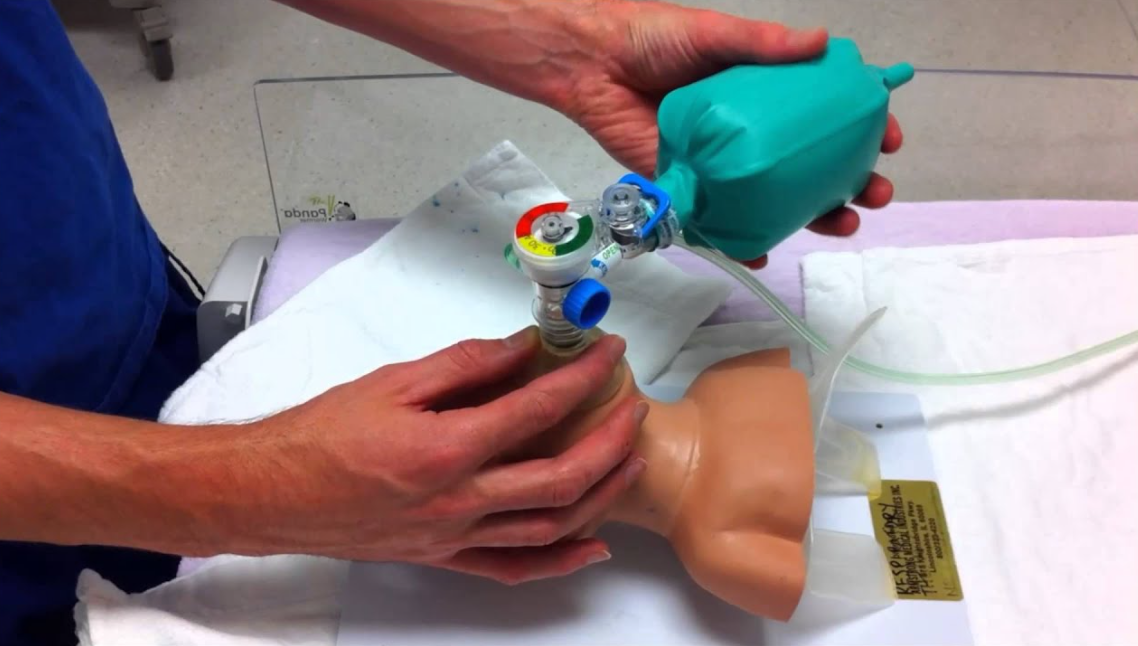Medical care, particularly in critical situations, often involves the use of specialized equipment designed to save lives. One such apparatus is the flow-inflating bag, a device that holds an essential role in resuscitation procedures.
The Essence of the Flow Inflating Bag
This bag, also known as a self-inflating resuscitation device, is a crucial piece of equipment in many medical settings. It is designed to deliver oxygen or air manually to a patient who is unable to breathe on their own. This lifesaving tool is often used in emergency and intensive care units, during surgeries, and in neonatal wards.
Unlike other resuscitation devices, the flow-inflating bag does not inflate automatically. Instead, it requires a constant gas flow to inflate and maintain its shape. This characteristic allows healthcare professionals to control the volume, pressure, and rate of gas delivered to the patient, thereby ensuring personalized care based on the individual’s needs.
An Indispensable Tool in Neonatal Care
The application of this device expands to various medical fields, but its usage in neonatal care deserves special attention. In cases where newborns struggle with breathing immediately after birth, resuscitation equipment becomes paramount. Here, the flow-inflating bag neonatal resuscitation comes into play.
This specific application of the device is designed to accommodate the delicate nature of newborns. With its smaller size and softer material, it allows for gentle yet effective delivery of oxygen or air to the baby’s lungs.
The Working Principle of the Device
The operation of a flow-inflating bag starts with connecting it to an oxygen source. Once connected, gas flows into the bag, causing it to inflate. A pressure relief valve regulates the pressure of the gas inside the bag, preventing it from reaching harmful levels.
When the bag is squeezed, it forces the gas through a one-way valve into a face mask, endotracheal tube, or another delivery device attached to the patient. Once the squeeze is released, the bag refills with gas from the oxygen source, ready for the next breath.
Training and Vigilance: Key to Effective Use
While the self-inflating resuscitation device is a vital tool in medical care, it’s important to note that its effectiveness is heavily dependent on the skill and vigilance of the healthcare provider. Proper training is required to ensure that the device is used correctly and safely.
Conclusion:
The flow-inflating bag is an indispensable tool in healthcare, especially when it comes to resuscitation procedures. Although it’s a simple device, its ability to deliver controlled amounts of oxygen or air can mean the difference between life and death for patients struggling to breathe.

